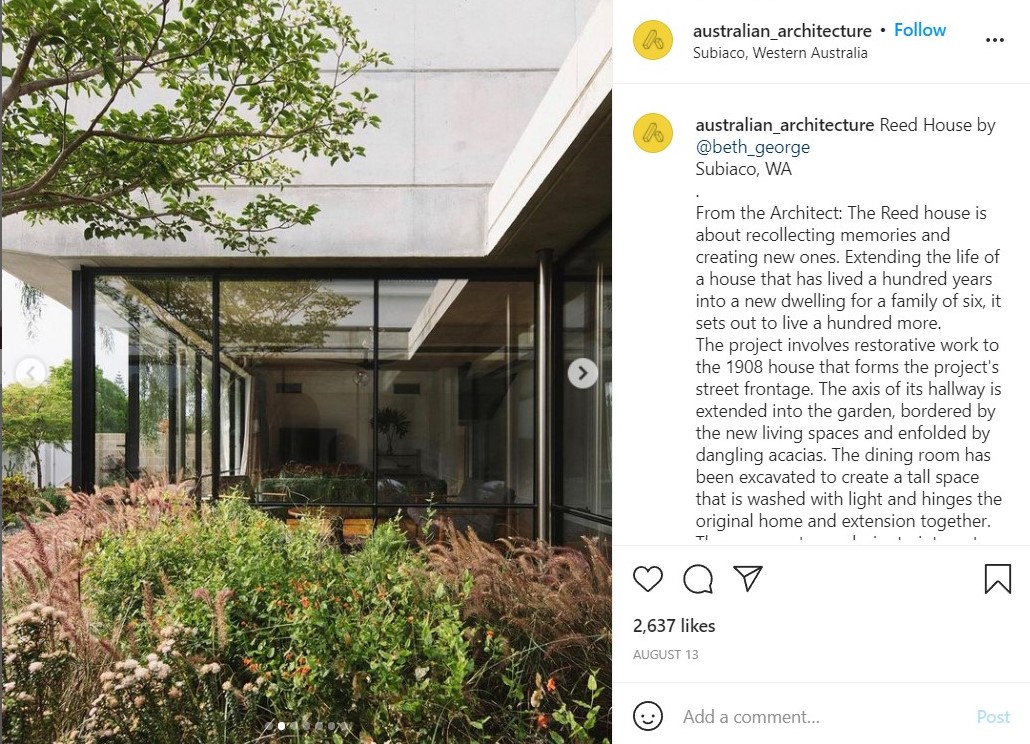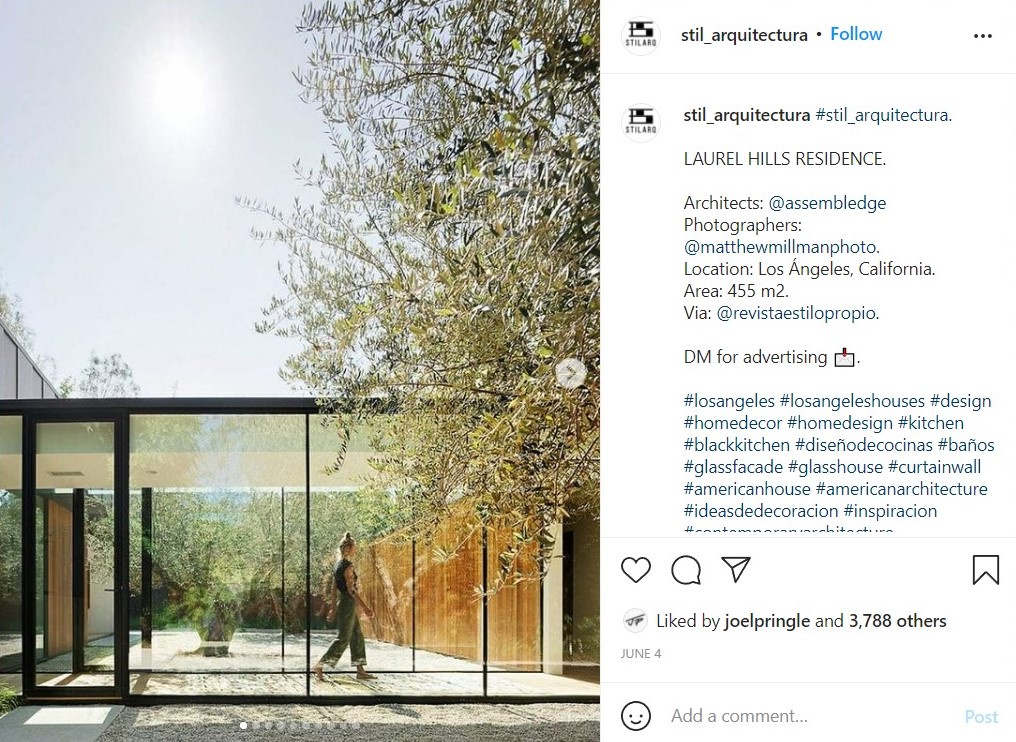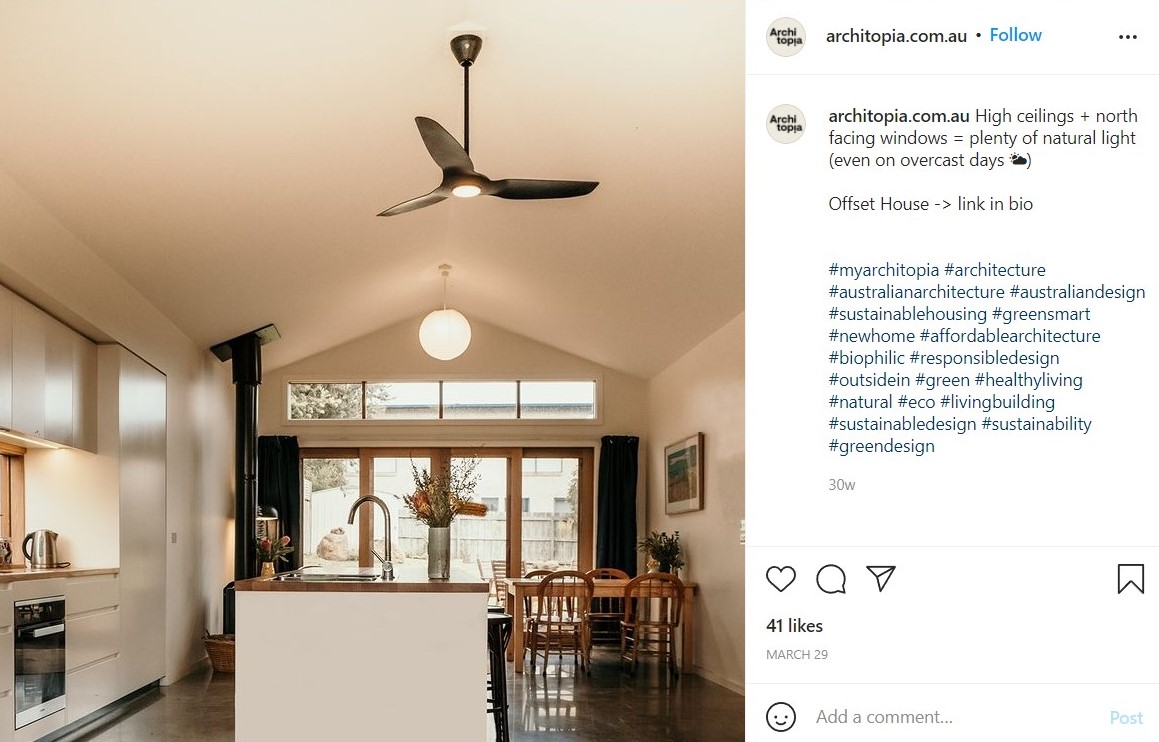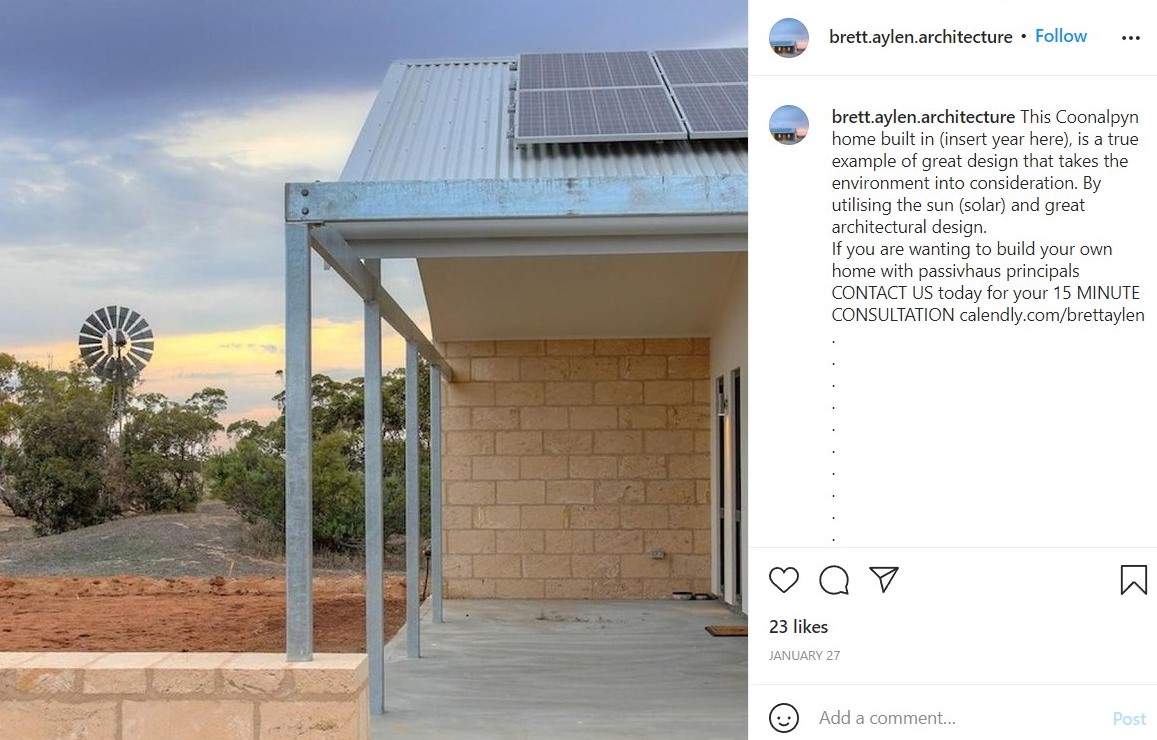5 ways to up your property value while lowering your energy bills
What’s good for the environment is good for your pocket and it’s as easy as following this expert advice on how to make to your home more efficient.

As energy prices are expected to rise in the coming months, more homeowners are looking for ways to reduce their bills.
Passive design features, vegetation and renewable energy are just some of the eco-friendly ways you can improve your home’s efficiency.
Brett Aylen, of Brett Aylen Architecture, and Kirsty Hewitt, Director of KHAB Architects, have expert advice on just some of the home renovations and additions that will not only lower your energy consumption but also improve your property’s value.
1. Window Orientation
The first thing to consider when improving the energy efficiency of a home is its orientation.
Both Kirsty and Brett agree that the sun can make a massive difference when it comes to heating your home.
“If you’re planning a full renovation, look at putting the living rooms on the north side of the house for the best access to winter sunlight. Bedrooms can be on the south side as they don’t need much heating,” says Brett.
North facing windows catch both the morning and afternoon sun, allowing for the best penetration of light for passive heating.
The considered addition of a window can change the entire feel of a room along with producing passive heating, according to Kirsty.
“If someone has a room that doesn’t have very good light or ventilation, you can add a Velux roof window that opens up,” Kirsty says.
“On the north-facing side, it can add some passive solar. In summer, they prove to be quite sophisticated. The hot air will rise and escape out of it, as well as letting in some sunlight.”

2. Landscaping & Vegetation
When shading windows, deciduous trees are particularly useful, as they will let in sunlight in the winter and block it in the summer.
“High sun in the summertime will be shaded by those trees. We really encourage people to use deciduous vines, because not only do you get the shading, but any sort of vegetation will also have a cooling effect,” says Kirsty.
While there is some management that comes with deciduous plants, Kirsty encourages people to be interactive with their homes, especially as using plants as a shading device reduces the need for other devices such as blinds or awnings.
“You also get the nice qualities of a green outlook,” she says.

3. Draught Proofing
Brett says that 70 per cent of Adelaide’s heating and cooling power is dedicated to heating homes through the winter, not cooling as you might expect.
As air leakage is responsible for up to 25 per cent of heat loss during winter, draught-proofing is one of the best ways to improve its energy efficiency in both summer and winter.
“Doors and windows are obvious, but people should also consider any sort of junction, like between the wall and the floor or the wall and the ceilings,” says Brett.
Brett also suggests checking light fittings for draught potential.
“Downlights especially can let in draughts. Just be mindful of fire regulations when it comes to things like downlights.”
If the downlights are changed to an LED you can improve the efficiency of the light and insulate right over it because LEDs produce much less heat, Brett adds.
“You’re effectively killing two birds with one stone.”
4. Creating Airflow
Kirsty says moving air throughout the home is one of the easiest ways to increase comfort on hot days and reduce air conditioner use.
“Ceiling fans are a great addition, along with windows on opposing sides of the house that can be cracked open. Together they draw ventilation through the house,” she says.
“It can be quite a warm day, but if you have some air moving, that helps people’s comfort immensely.”

5. Solar Electricity
While adding a solar panel system might feel like the obvious choice to some, Brett says there are other benefits to going solar.
While installing solar panels allows you to generate electricity on-site and provide cleaner power for heating and cooling, it also allows you to disconnect from gas and that will save money and could help your overall health.
“As you start to draught seal and insulate a house, you need to be careful of air quality,” Brett says.
“Gas appliances and fireplaces can impact that.
“People have been leaning towards electric heating and cooling partly because it’s a cleaner heat form.”




